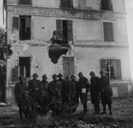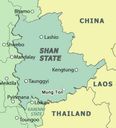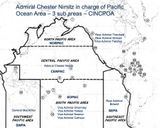
World War Two [1939-1945]

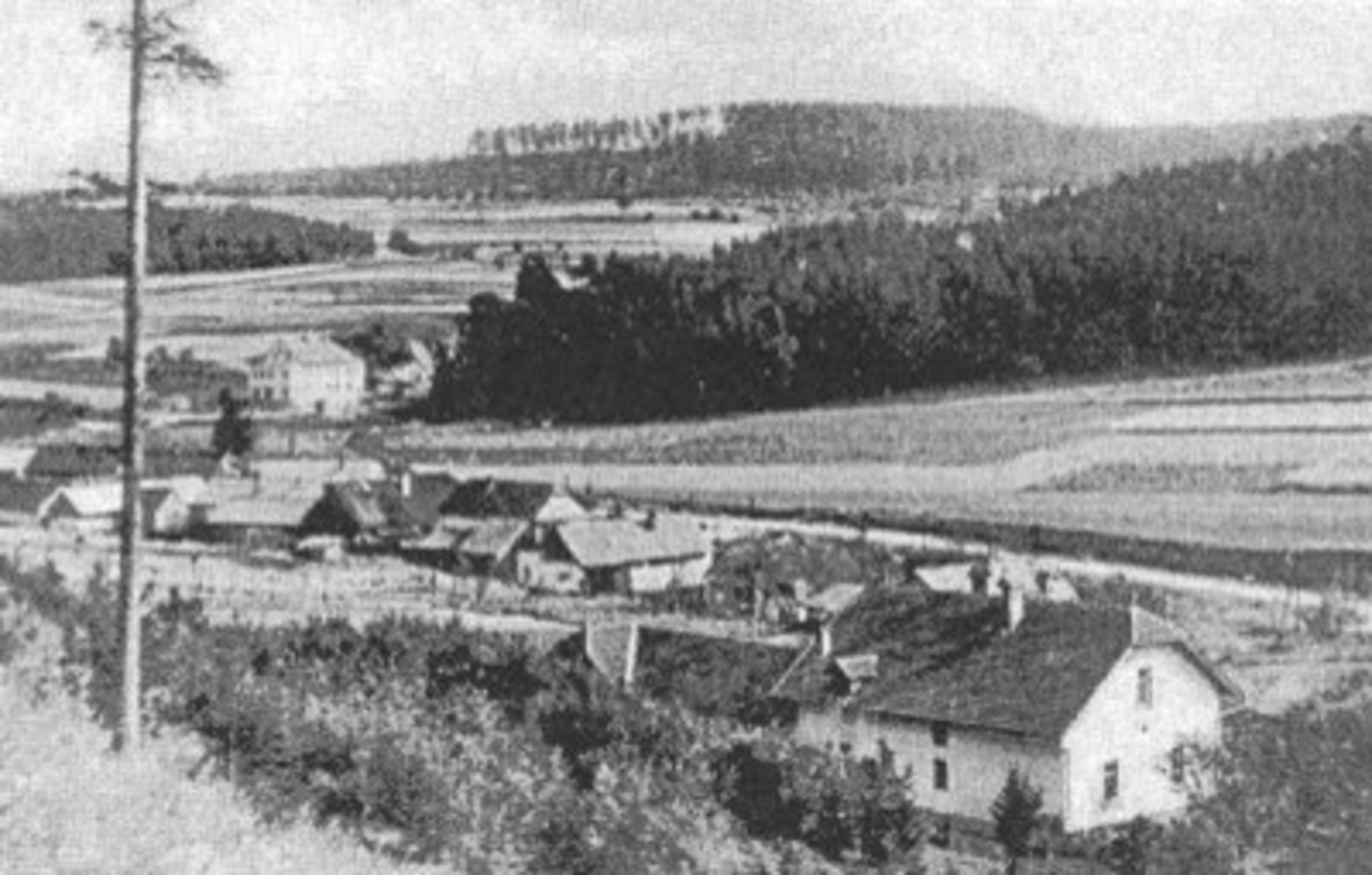
... and the last was Javoricko
The story of a Moravian village that entered the minds of people in 1945. When, at the very end of World War II, after 6 long years of occupation, the same fate befell her as Lidice and Ležáky in 1942. On May 5, 1945, four days before the arrival of the Red Army, SS units murdered 38 men aged 15 to 75 and burned 32 houses.
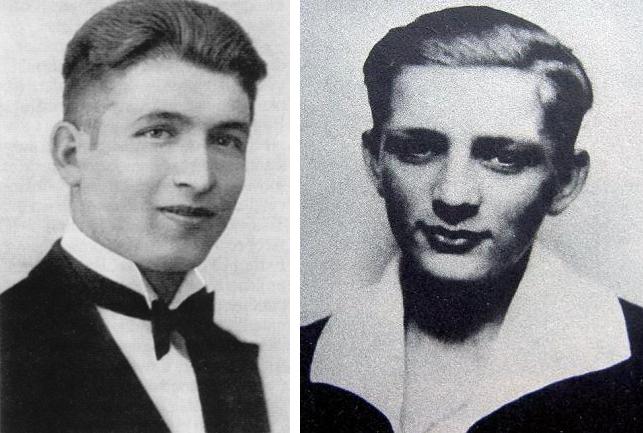
17. November – International Students' Day
At the end of 1939, Nazi authorities in the Protectorate of Bohemia and Moravia suppressed a demonstration by students of the Faculty of Medicine of Charles University in Prague. The demonstration took place on 28 October on the occasion of the anniversary of the establishment of independent Czechoslovakia (1918). During this demonstration, a student, Jan Opletal, was shot and died of his wounds on 11 November. On 15 November his body was to be transported from Prague to his home in Moravia. His funeral procession was made up of thousands of students who turned the event into an anti-Nazi demonstration...

1939 Nomonchan - Zhukov's crushing of the 6th Army of the Japanese Empire III.
Part III. deals with the aviation side of the whole encounter.
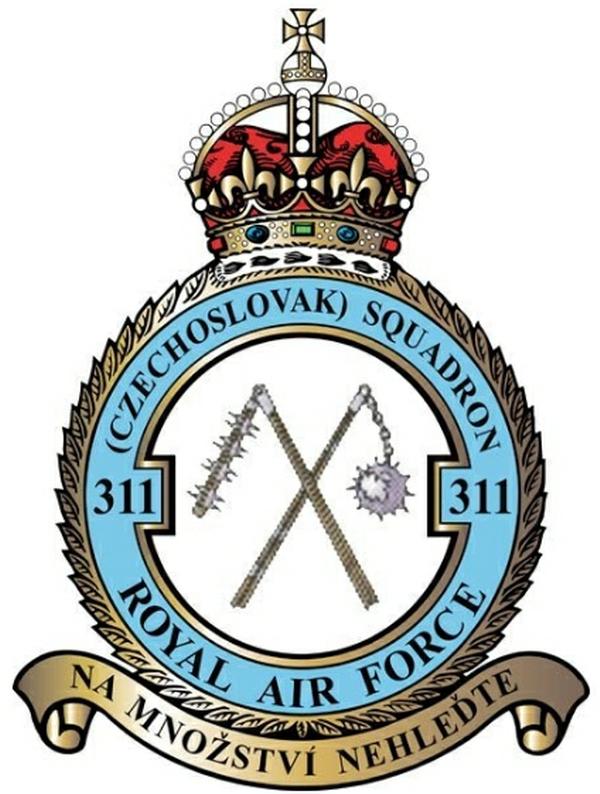
311th (Czechoslovak) Bomber Squadron RAF celebrates its birthday
After the Czechoslovak pilots fled from demoralized and defeated France to England in the early summer of 1940, the Churchill spirit of defiance that prevailed in this country did not allow them to pursue defeatist ideas for a long time. After the 310th Fighter Squadron (established on 10 July 1940), the first Czechoslovak bomber squadron has been assembled, armed with much more complicated aircraft than the Hurricane fighters ...

312nd Czechoslovak Fighter Squadron

37 mm ANTI-AIRCRAFT GUN Mk. 1939
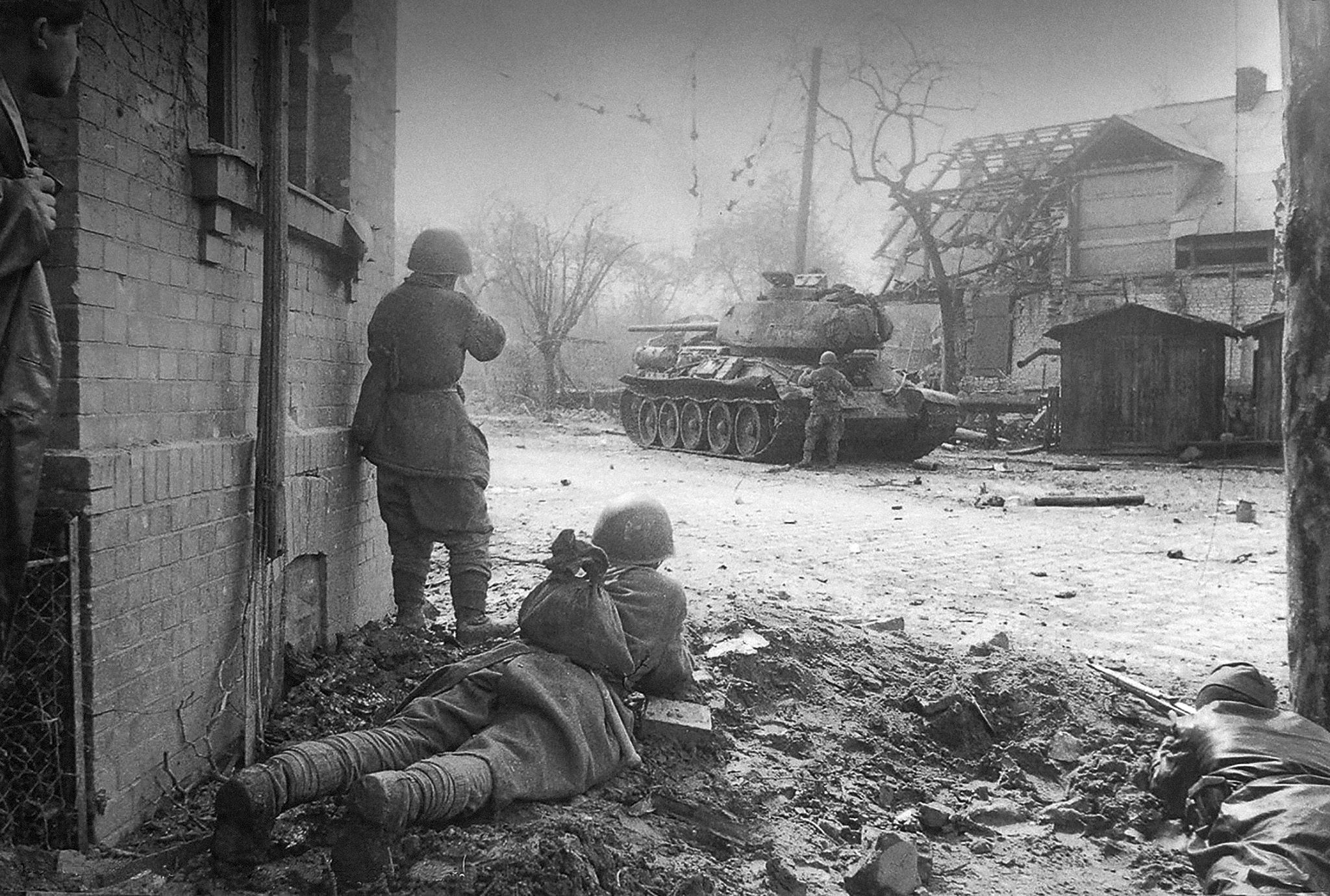
4th Guards Tank Army in the battles for Berlin and Prague
The 4th Guards Tank Army was formed only in March 1945, but it still managed to make history in a significant way. Its troops played a significant role not only in the fall of Berlin, but also in the liberation of Prague, the capital of Czechoslovakia.
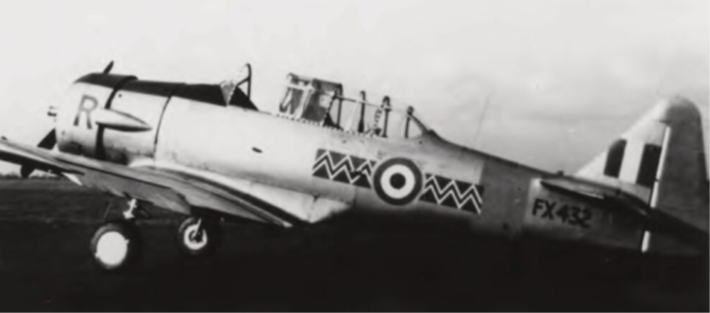
500. squadron RAF
During the Second World War, the squadron served in both Coastal Command and Bomber Command. In the coastal role, the squadron undertook operations over the English Channel in 1940–1941, before moving to North Africa in late 1942. It undertook anti-submarine operations in support of Operation Torch and then continued operations in the Mediterranean, operating various aircraft types during this period. In July 1944, the squadron disbanded before being reformed as a bomber squadron in Algeria in August, later operating in Italy in the final years of the war.
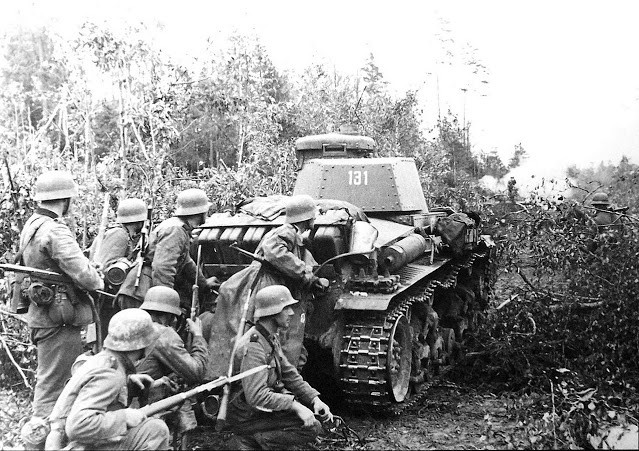
6. Panzer Division
The 6th Panzer Division gained one of the best combat records on the battlefields of World War II among all the divisions that fought in it. Its operation begins with the invasion of Poland in 1939 and ends with the defense of Vienna in 1945.

60th anniversary of the ANTHROPOID group fight

8th Air Army raid on Münster in October 1943
Lieutenant Robert Sabel was trying to bring his Fortress "Rusty Lode" home. Eight B-17s from his 390th Bombardment Group had already been shot down. Sabel's plane was riddled with flak and shell holes, two engines had been knocked out and the fuel gauges showed only two minutes of fuel left in his tank. Three of the crew had been rescued in parachutes over Germany, four others lay dead in the bomber. Even a return to England was highly unlikely. Then he saw the runway just ahead...
9cm mortar Škoda "U Cihelny"
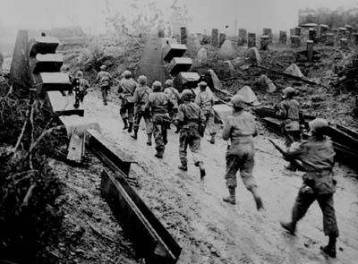
A ballad about a turtle

A blow of thunder

A clumsy Pacific War worker

A contribution to the history of the Manganese landing

Theatre of Operations

Battles

Operations
Join us
We believe that there are people with different interests and experiences who could contribute their knowledge and ideas. If you love military history and have experience in historical research, writing articles, editing text, moderating, creating images, graphics or videos, or simply have a desire to contribute to our unique system, you can join us and help us create content that will be interesting and beneficial to other readers.
Find out more